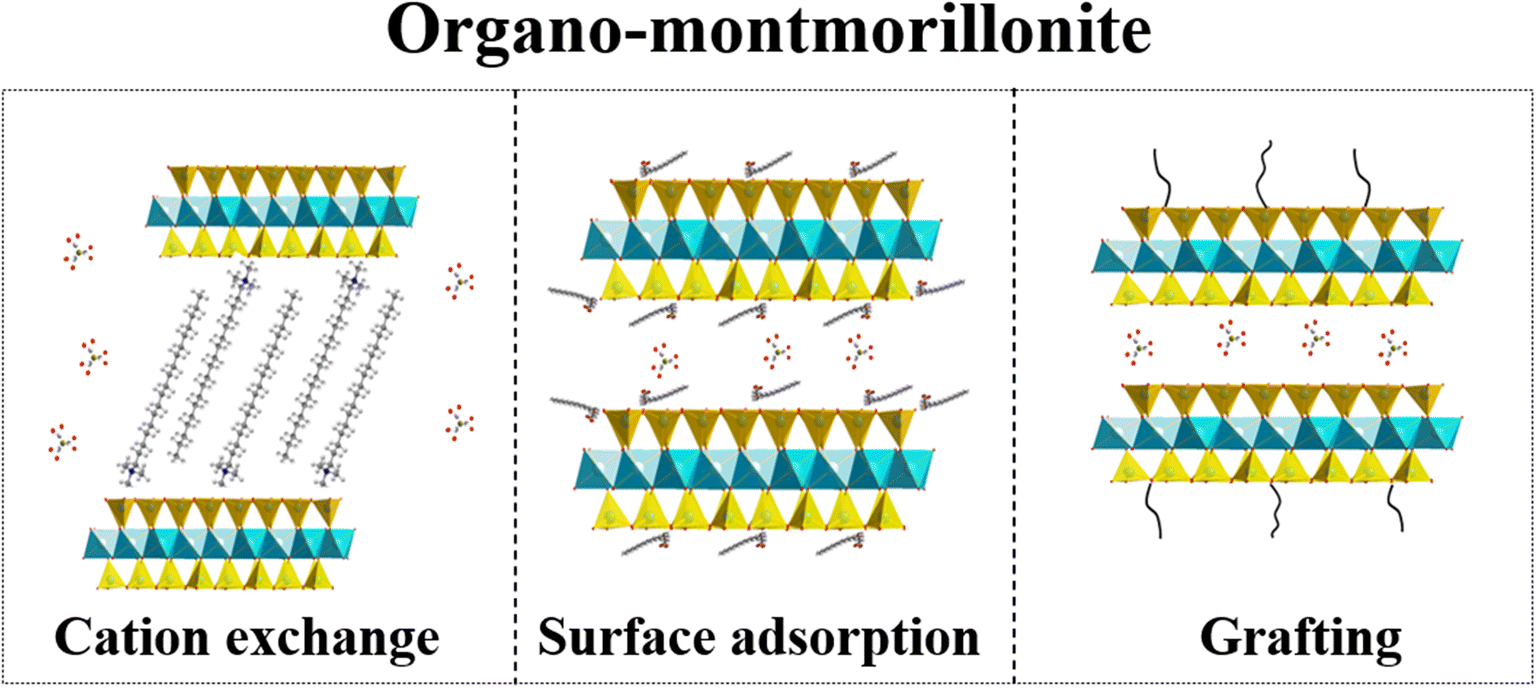343 results
Enhancing selection of alcohol consumption-associated genes by random forest
-
- Journal:
- British Journal of Nutrition / Volume 131 / Issue 12 / 28 June 2024
- Published online by Cambridge University Press:
- 12 April 2024, pp. 2058-2067
- Print publication:
- 28 June 2024
-
- Article
- Export citation
Relationship between syncopal symptoms and head-up tilt test modes
-
- Journal:
- Cardiology in the Young , First View
- Published online by Cambridge University Press:
- 05 April 2024, pp. 1-6
-
- Article
- Export citation
Subconvective wall-pressure fluctuations in low-Mach-number turbulent channel flow
-
- Journal:
- Journal of Fluid Mechanics / Volume 984 / 10 April 2024
- Published online by Cambridge University Press:
- 01 April 2024, R2
-
- Article
-
- You have access
- Open access
- HTML
- Export citation
Deblending overlapping galaxies in DECaLS using transformer-based algorithm: A method combining multiple bands and data types
-
- Journal:
- Publications of the Astronomical Society of Australia / Volume 41 / 2024
- Published online by Cambridge University Press:
- 19 March 2024, e035
-
- Article
- Export citation
An acceleration method employing sparse sensing matrix for fast analysis of the wide-angle electromagnetic problems based on compressive sensing
-
- Journal:
- International Journal of Microwave and Wireless Technologies , First View
- Published online by Cambridge University Press:
- 18 March 2024, pp. 1-6
-
- Article
- Export citation
Potential role of hypoxia in maintaining lactation persistency of dairy cows
-
- Journal:
- Animal Nutriomics / Volume 1 / 2024
- Published online by Cambridge University Press:
- 15 March 2024, e3
-
- Article
-
- You have access
- Open access
- HTML
- Export citation
The role of the peer effect in forming pension expectations among the middle-aged: existence and mechanisms
-
- Journal:
- Journal of Pension Economics & Finance , First View
- Published online by Cambridge University Press:
- 23 February 2024, pp. 1-25
-
- Article
- Export citation
Chinese stalagmite δ18O records reveal the diverse moisture trajectories during the middle to late last glacial period
-
- Journal:
- Geological Magazine , First View
- Published online by Cambridge University Press:
- 19 February 2024, pp. 1-13
-
- Article
-
- You have access
- Open access
- HTML
- Export citation
The European Capital of Culture and Transnational Networks
-
- Journal:
- European Review / Volume 32 / Issue 1 / February 2024
- Published online by Cambridge University Press:
- 15 January 2024, pp. 1-15
-
- Article
-
- You have access
- Open access
- HTML
- Export citation
Relationship between CYP2C19 Polymorphism and Clopidogrel Resistance in Patients with Coronary Heart Disease and Ischemic Stroke in China
-
- Journal:
- Genetics Research / Volume 2022 / 2022
- Published online by Cambridge University Press:
- 01 January 2024, e17
-
- Article
-
- You have access
- Open access
- HTML
- Export citation
A Pulsed Synchronous Linear Accelerator for Low-Energy Proton
-
- Journal:
- Laser and Particle Beams / Volume 2022 / 2022
- Published online by Cambridge University Press:
- 01 January 2024, e3
-
- Article
-
- You have access
- Open access
- HTML
- Export citation
Upregulated Solute Carrier SLC39A1 Promotes Gastric Cancer Proliferation and Indicates Unfavorable Prognosis
-
- Journal:
- Genetics Research / Volume 2022 / 2022
- Published online by Cambridge University Press:
- 01 January 2024, e12
-
- Article
-
- You have access
- Open access
- HTML
- Export citation
The Properties of Clay Minerals in Soil Particles from Two Ultisols, China
-
- Journal:
- Clays and Clay Minerals / Volume 65 / Issue 4 / August 2017
- Published online by Cambridge University Press:
- 01 January 2024, pp. 273-285
-
- Article
- Export citation
Organo-Modification of Montmorillonite
-
- Journal:
- Clays and Clay Minerals / Volume 68 / Issue 6 / December 2020
- Published online by Cambridge University Press:
- 01 January 2024, pp. 601-622
-
- Article
- Export citation
Effect of the SiO2/Al2O3 Molar Ratio on the Microstructure and Properties of Clay-based Geopolymers: A Comparative Study of Kaolinite-based and Halloysite-based Geopolymers
-
- Journal:
- Clays and Clay Minerals / Volume 70 / Issue 6 / December 2022
- Published online by Cambridge University Press:
- 01 January 2024, pp. 882-902
-
- Article
- Export citation
OP11 Cost-Effectiveness Of Atezolizumab Plus Chemotherapy As A First-Line Treatment For Metastatic Non-Squamous Non-Small Cell Lung Cancer
-
- Journal:
- International Journal of Technology Assessment in Health Care / Volume 39 / Issue S1 / December 2023
- Published online by Cambridge University Press:
- 14 December 2023, p. S4
-
- Article
-
- You have access
- Export citation
PP70 Mapping Of Health Technology Assessment In China: A Comparative Study Between 2016 And 2021
-
- Journal:
- International Journal of Technology Assessment in Health Care / Volume 39 / Issue S1 / December 2023
- Published online by Cambridge University Press:
- 14 December 2023, p. S71
-
- Article
-
- You have access
- Export citation
OP74 Analysis Of Literature And Research Foci In Overdiagnosis Based On Citespace
-
- Journal:
- International Journal of Technology Assessment in Health Care / Volume 39 / Issue S1 / December 2023
- Published online by Cambridge University Press:
- 14 December 2023, p. S20
-
- Article
-
- You have access
- Export citation
Estimating stellar parameters and identifying very metal-poor stars for low-resolution spectra (R ∼ 200)
-
- Journal:
- Publications of the Astronomical Society of Australia / Volume 41 / 2024
- Published online by Cambridge University Press:
- 28 November 2023, e002
-
- Article
- Export citation














